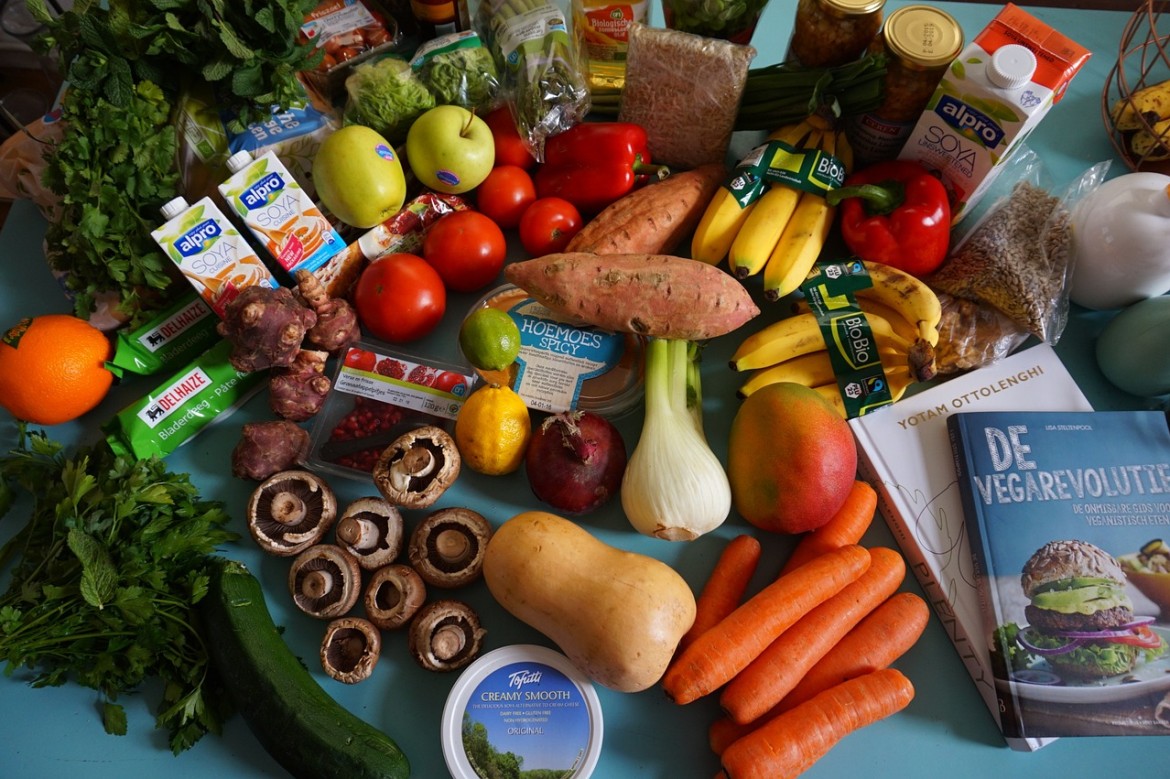Every region has its own cuisine and eating habits. Certain foods that are consumed on a daily basis in one country may be off limits in another part of the world. For instance, white rice is a staple in the Asian cuisine. Most Europeans and Americans have switched to brown rice a long time ago to cut back on carbs and get more fiber. Dietary guidelines vary from one place to another. So, here’s what the food pyramid looks like around the world:
China
China uses a food pagoda instead of a standard food pyramid. Its cuisine is largely based on soy, legumes, grains, and sweet potatos. Dairy, meat, and high-fat foods are kept to a minimum.
Germany
Germans have a 3D food pyramid, with each side dedicated to a specific food group. The pyramid features a stop light-esque scale to differentiate between good and bad foods.
France
France utilizes a staircase with nine steps (nutritional guidelines). The healthiest foods are showcased at the bottom of the stairs. Junk food, fries, sugar, and fat have a dedicated section in the right corner of the staircase.
Greece
The food pyramid in Greece promotes a Mediterranean type diet with emphasis on fresh fruit, vegetables, fish, red wine, and olive oil. Less healthy foods, such as red meat and sweets are placed at the top of the pyramid.
Japan
Japan uses a reversed spinning pyramid to highlight what foods are good and which ones should be avoided. Local experts recommend the consumption of vegetables and grains over dairy, fruit, meat, and eggs. They also encourage regular exercise and proper hydration.
U.K.
The Eatwell Plate used in the U.K. is divided into five sections to help you get the balance right. Each section indicates how much you should eat from a particular food group. The emphasis is put on fruit, vegetables, grains, potatoes, and starches.

